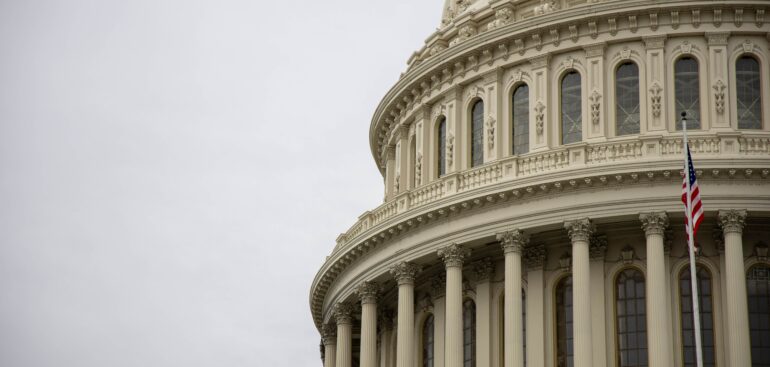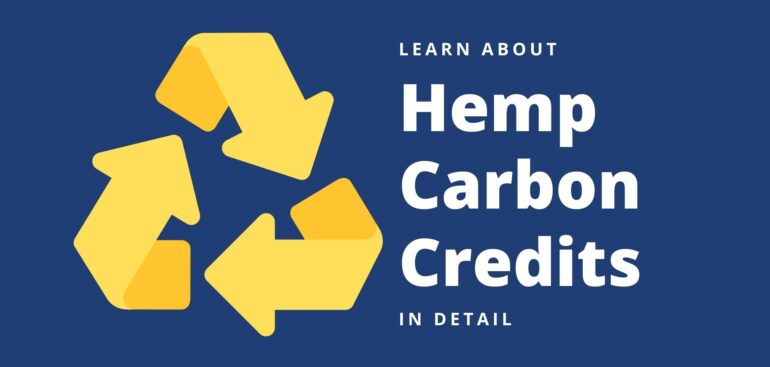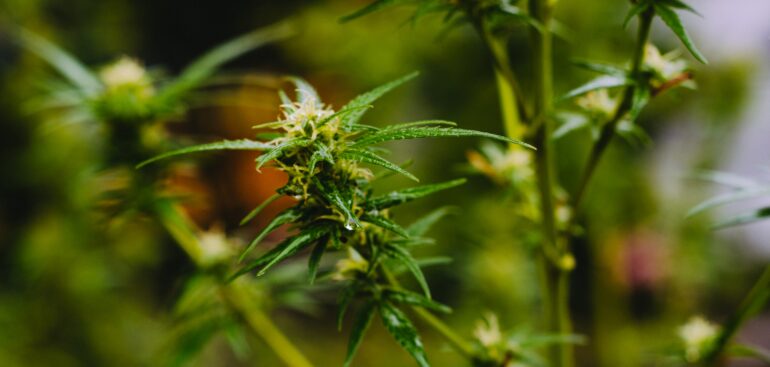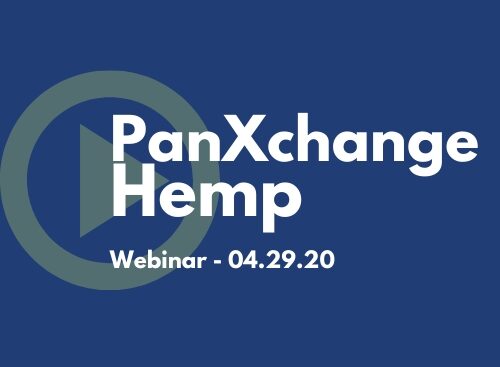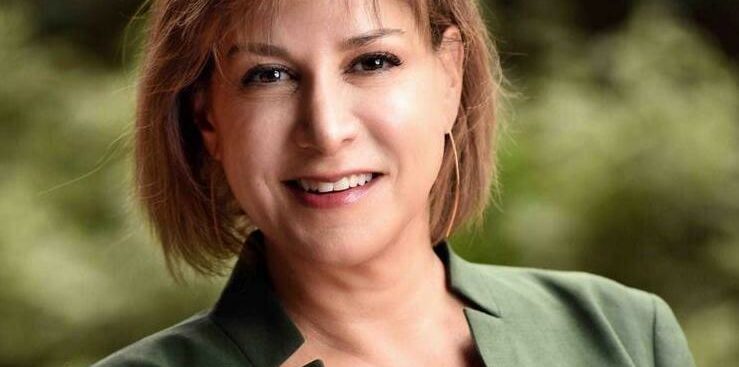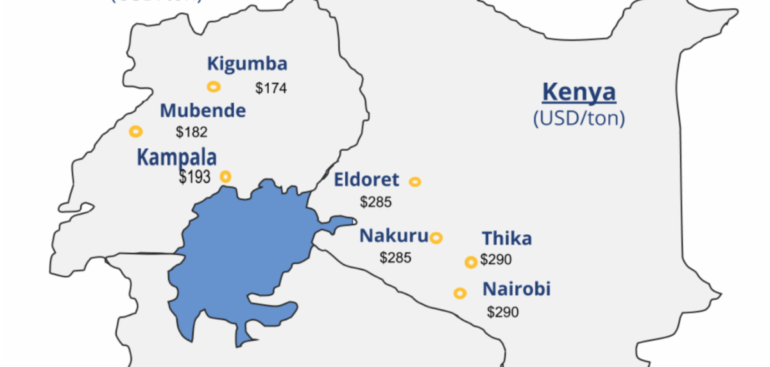While hydraulic fracturing activity is, in some cases, governed federally (such as when conducted on federal land), but based on the high level of individual land ownership in the United States, it is largely influenced at state and local levels as well. In theme with the upcoming election, we thought we’d share a series of actions that demonstrate the strong ties between state government officials and hydraulic controversial practice fracturing in key oil and gas producing states. According to the EIA, we analyzed the top 5 crude oil-producing states, including Texas, North Dakota, New Mexico, Oklahoma, and Colorado, comprising 70% of all US oil production in 2019.
The current weak demand for maize flour has seen the price fall compared to the past two years as a result of lower maize grain prices in the Kenyan market with a 2kg packet retailing at KES 103 for Soko, KES 108 for Pembe, and KES 110 for Jogoo compared to the KES 115 price that was retailing previously in September.
It is with sadness I report to you the death of longtime SG/Newedge technology executive Ed Netter. Here is the message I received from Leslie Sutphen, a longtime colleague of Netter’s.
Carbon stored in soil could soon become a unique subset of commodity crops. This emerging market aims to incentivize the sequestration of the world’s carbon footprint by allowing farmers and farm managers to get paid for the carbon they store by companies—and even other countries—wanting to offset their emission. Until recently, high costs and a lack of tools to accurately quantify soil’s changing carbon content inhibited producers from participating in carbon markets.
Lerner: Often, during industrial hemp harvests, many farmers share with PanXchange their frustration of wasting hemp hurd, so I’m glad to be here with you today Tarek to discuss precisely that. I was intrigued when the Supercritical team introduced me to Truly Green Plastic™ (TGP). For those who have not heard about your company, can you explain what it is?
2020 has been both a year of dynamic transition and reset for the hemp industry. The market is experiencing fundamental changes as the 2020 crop, albeit in much smaller volumes compared to 2019, enters the market while hemp producers and processors work on plans to process hemp to create consumer goods. Simultaneously, hemp producers are watching both Federal and state announcements for clues on how the government will move forward with hemp production. Last week, in somewhat unexpected fashion, a continuing resolution authorized by the House and passed by the Senate extended the pilot program phase to Oct. 31, 2021. We have seen 14 states submit plans to comply with the USDA Hemp Production rules during this period, while another 35 states decided to continue practices set forth under the 2014 Farm Bill and hemp production Pilot Programs. The news to extend the deadline was unexpected and immense pressure resulted from concerns about sampling and testing procedures, specifically regarding the DEA’s involvement, what part of the plant is tested, and the 15-day window to complete testing name a few regulatory hurdles identified with the USDA program. As with many things in the hemp industry, regulations can change at a moment’s notice. At this point, assessing what these points of contention are and how they will shape the market going forward will highlight key trends to watch over the next twelve months. This extension does not have a fundamental impact on states with an authorized plan or deferred to the USDA.
The health care market has recently been flooded with a wide variety of products made with industrial hemp extracts. The industrial hemp plant contains more than 500 unique chemicals with 113 currently identified cannabinoids, of which the two most well-known are tetrahydrocannabinol (THC) and cannabidiol (CBD)1. Products ranging from lotions to liquid oral drops, to food ingredients each focus on containing a specific amount of cannabidiol. To differentiate themselves, hemp producers have been working to selectively breed various strains of hemp to increase the concentrations of cannabinoids and terpenes, according to Golden, Colorado-based Panacea Life Sciences.
On each Friday following the distribution of PanXchange: Hemp Benchmarks and Analysis, the Hemp team will be hosting an online webinar to discuss industry trends such as our regional pricing benchmarks, market commentary, supply and demand analysis, and other recent content. This webinar is intended to give our subscribers the opportunity to connect with the PanXchange team to ask questions and discuss topics in an open format. This is a service exclusive to only PanXchange platform participants and data subscribers – at no additional cost.
Hemp Industries Association
VANCOUVER, Washington – The Hemp Industries Association announces the appointment of two new members to its Board of Directors: Julie Lerner, Founder & CEO of PanXchange, Inc., a web-based negotiation and trading platform for physical commodities; and Rob Davidson, CEO of CURE Pharmaceuticals, a vertically-integrated drug delivery and development company.
The Middle East remains the leading destination for Uganda’s exports bringing it to three months in a row this year with an estimated 53.3% of the country’s exports going to the Middle East followed by other members of the East African Community.

